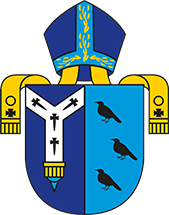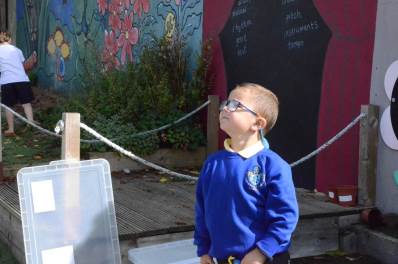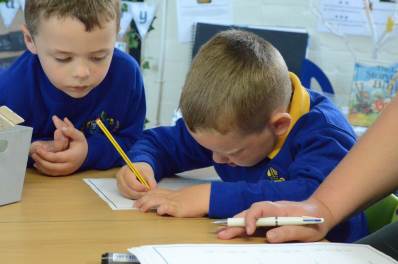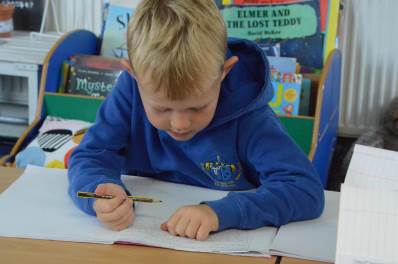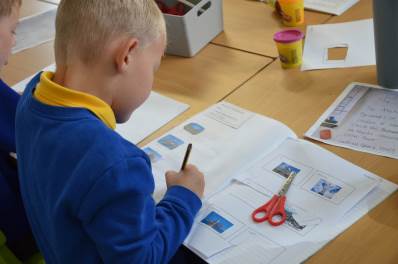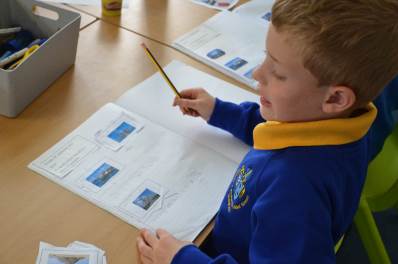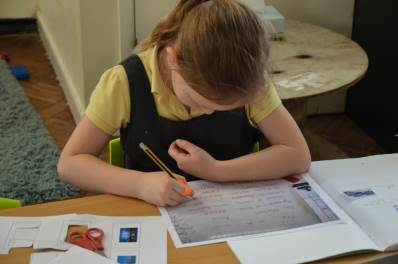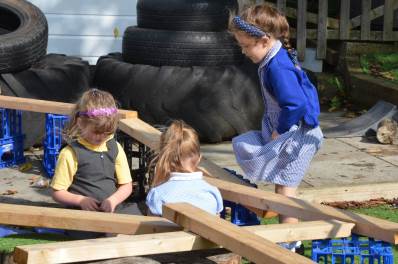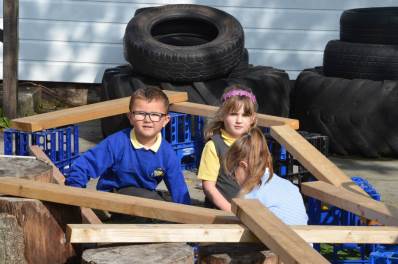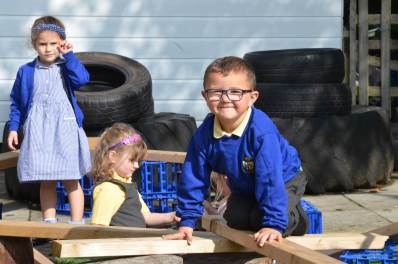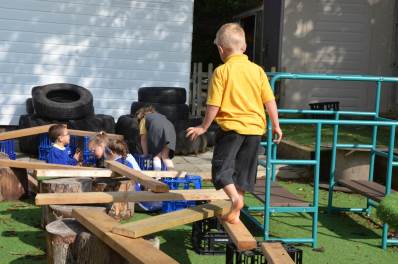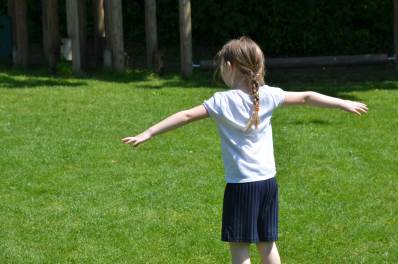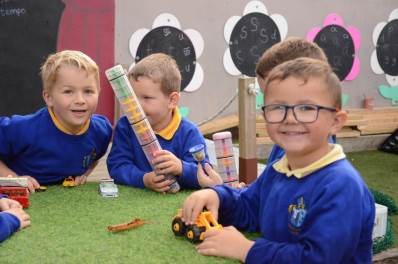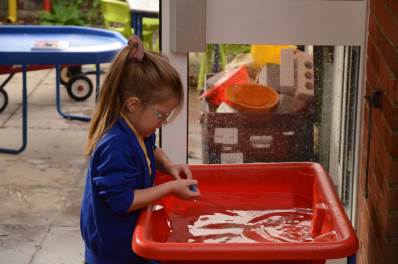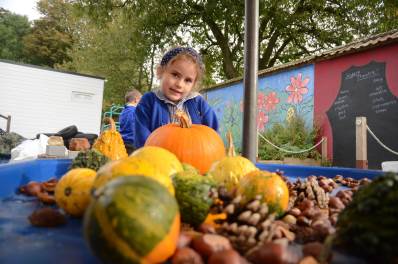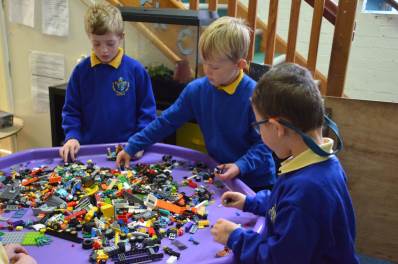Continuous Provision
Our EYFS curriculum is delivered through a mixture of adult-led instruction and continuous provision.
Skylark Class
We believe in the three characteristics of effective teaching and learning that are set out in Development Matters 2021. These are:
Playing and exploring – children investigate and experience things, and ‘have a go’.
Active learning – children concentrate and keep on trying if they encounter difficulties, and enjoy achieving.
Creating and thinking critically – children have and develop their own ideas, make links between ideas, and develop strategies for doing things.
Our EYFS curriculum is ambitious and aims to teach all children the skills and knowledge in order for them to achieve the seventeen Early Learning Goals described in the Early Years Foundation Stage Statutory Framework. We teach through a range of teaching methods including child-initiated learning, whole class teaching, group teaching, investigations and problem solving together, and independently. As many activities as possible are play-based; however, there is also a need for direct teacher-led activities to ensure children gain essential knowledge and skills from their teacher. Activities are expertly modelled and children are given sufficient time, support and resources to repeat and practise them.
Continuous Provision
Effective continuous provision is open-ended, accessible, flexible, large scale and skills-driven. It is planned but only in a loose sense. An adult’s plan isn’t a child’s plan. Children don’t have to reach a specific outcome determined by the adult. Instead continuous provision should offer an index of possibilities. It should enable children to bring their magic with them into the environment and shape it. Equally it should create the conditions for collaboration and self-chosen purpose.
Greg Bottrill, educational thinker and author
What is continuous provision?
Put simply, continuous provision is the ability of the classroom environment to continuously facilitate learning without the necessity for adult intervention. In essence, the environment acts as the ‘third adult’ in the room. However, at St Thomas a Becket, we have found it is so much more than that. Our small class sizes allow us to carefully assess our children’s needs, skills, knowledge and interests and plan our classroom environment to maximise the potential for learning across the EYFS and KS1 curriculums. A well-planned, play-based approach to the curriculum, based on the individual children’s interests, sparks curiosity and promotes challenge in learning. Underpinned by accurate, ongoing observations and assessments of our children, it allows children to independently learn and explore their own interests whilst providing numerous opportunities for staff to interact and move learning on. Additionally, staff may use enhanced provision (planned activities) to target specific areas of the curriculum and provide opportunities for consolidation or new learning.
Why do we use it at St Thomas a Becket?
In our mixed EYFS, Year One and Year Two class, we identified that, particularly post-pandemic, children were craving opportunities to play and communicate with each other in a fulfilling environment. A plethora of research tells us that, in the first few years of a children’s school life, talking to adults and their peers is one of the best ways to accelerate educational achievement. Therefore all areas of provision are designed to promote conversation and creativity in our children. Research from educationalists such as Alastair Bryce-Clegg, Greg Bottrill, Anna Ephgrave and Elizabeth Jarman was, and continues to be, a key inspiration behind our provision along with our knowledge of our children. Whilst the provision has been designed with all our Learning Powers (perseverance, resilence, co-operation, challenge, imagination, reflection and hard work) in mind, one particular golden thread running through our environment is the need for independence. We have found that this prepares our children well for the transition into Key Stage Two as they understand the importance of being independent and ‘having a go’ without the constant support of an adult.
How do our children engage with the provision?
Every area of both the EYFS and KS1 curriculums are planned for through adult-led sessions, led by a teacher through a short input on the carpet. Once the input is finished, some children complete their written tasks in small groups, where they may be supported by an adult, and the rest of the children access ‘Busy Time’ until they are called to the teacher table. During this time, the children have continuous access to a wide range of resources indoors and outdoors which have been carefully planned to support their learning and achieve the aims discussed above. Every day our children get the chance to be a designer, an artist, a writer, a scientist, a musician, a mathematician, a storyteller, an athlete, geographer or historian. Carefully planned play-based experiences inspire the children to consolidate their skills, knowledge and understanding enabling them to be independent, resilient learners who motivate themselves to take on the next challenge and push themselves to their limits. Throughout the environment, both inside and outside, you will see busy children actively engaged in a wide range of activities that they themselves have chosen. We have seen our children independently:
- Constructing puppets from cardboard boxes to retell the story of the Nativity
- Researching flags on an iPad and making flags from different countries
- Preparing and serving themselves ambitious fruit salads at our café
- Planting and caring for seeds and beans to grow plants
- Using our puppet theatre combined with our construction materials to tell familiar stories and construct new ones
- Designing habitats for insects and amphibians in our Wildlife Garden
- Creating story and non-fiction books to share with their friends
- Engaging in sculpture, collage, drawing and painting using a wide range of materials
- Creating dens, waterfalls, rollercoasters and much more using our construction equipment.
Our children are busy, happy, creative and love learning! But how do we know this? They show us and tell us!
